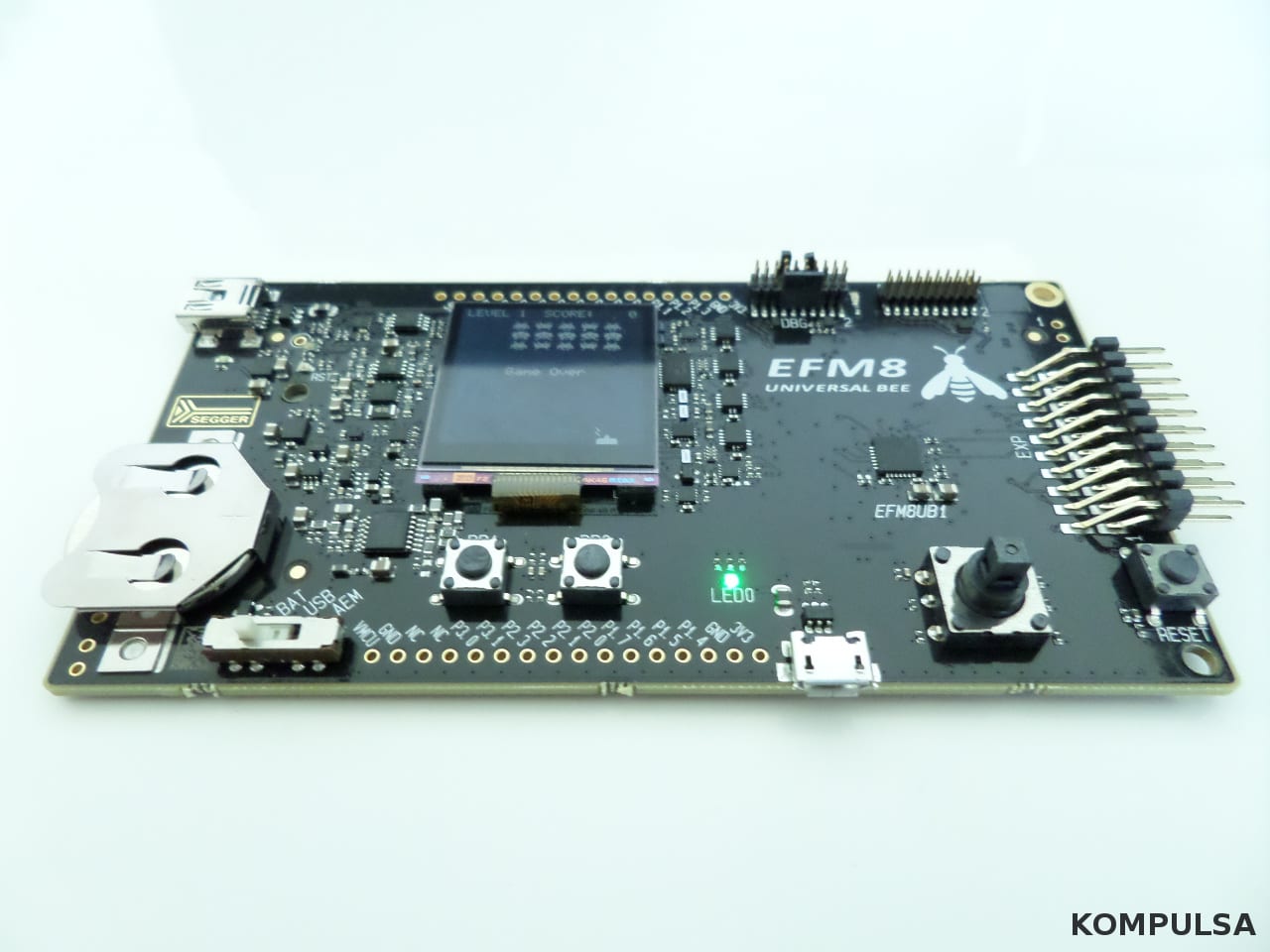Electrical Engineering/Electronics Resources
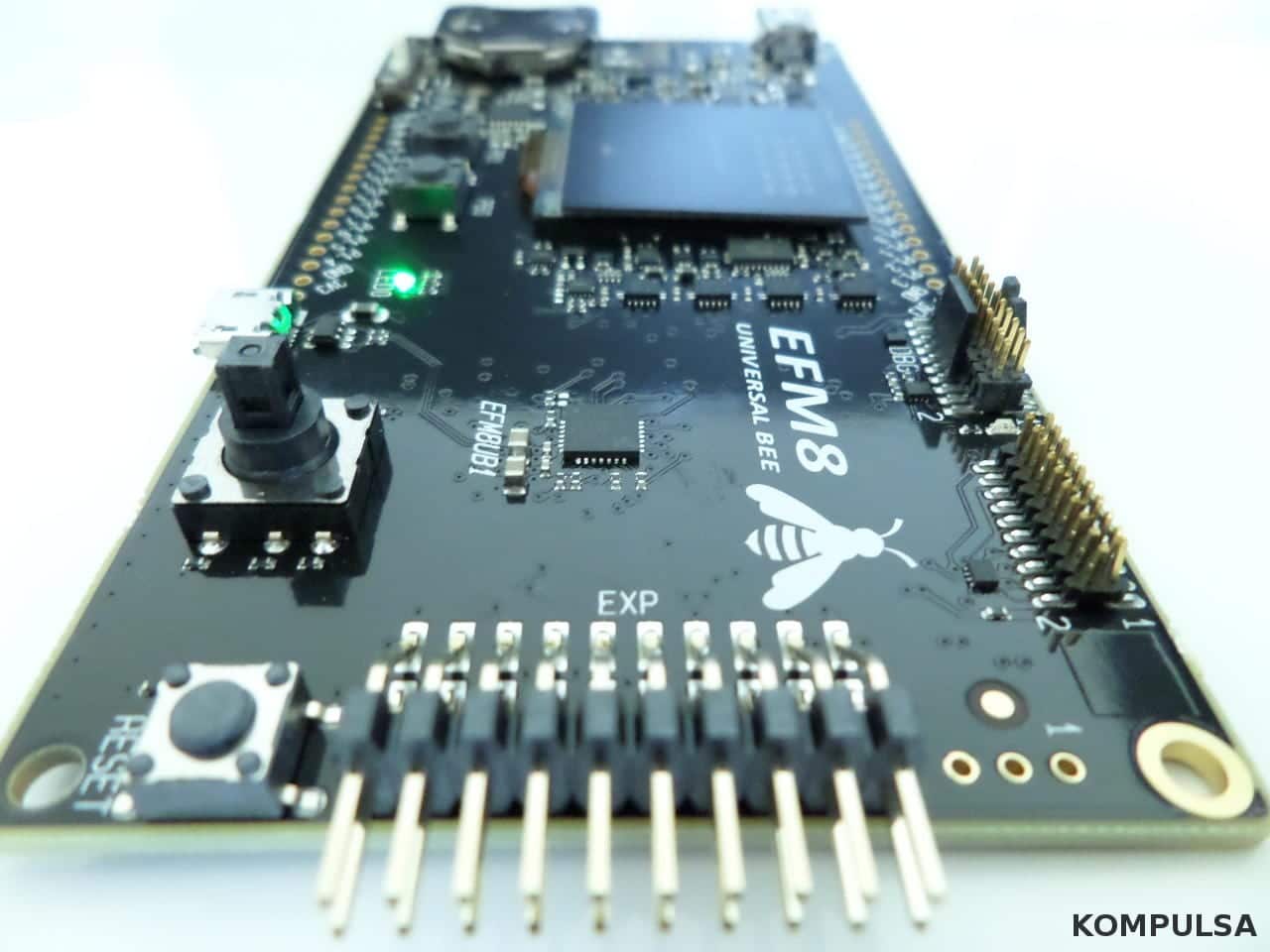
GPIO Basics – A beginner-friendly introduction to microcontrollers using the 8051-based EFM8UB1 development kit. If you aren’t already familiar with microcontrollers, this is a good start. This 8051 tutorial starts with a very simple example which switches on a GPIO pin with only one line of code! (and three others to conserve energy/enable Crossbar).
The EFM8UB1 is an 8-bit MCU costing only $1.23 (the price is subject to change, of course).
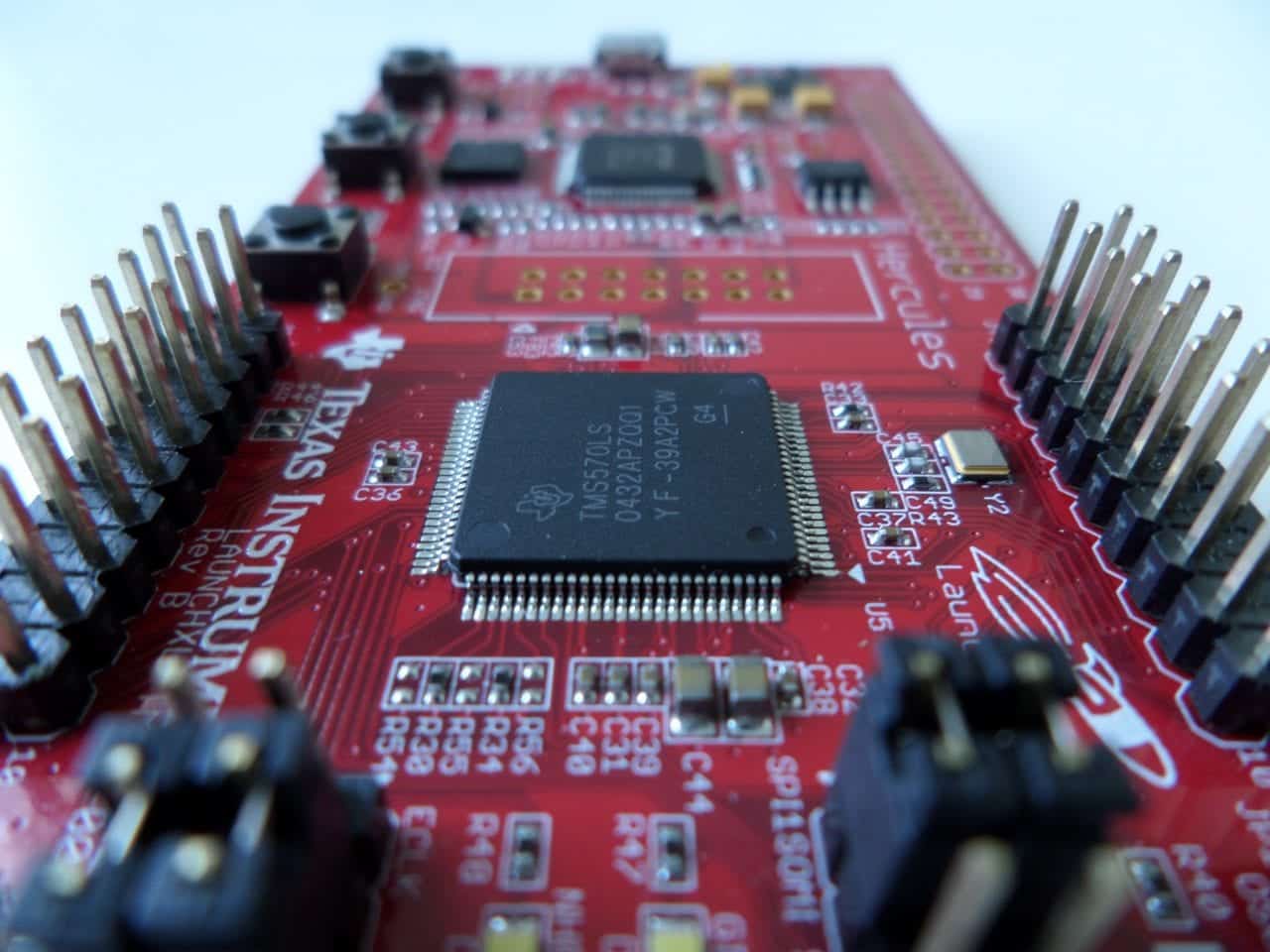
How To Blink An LED And Adjust Its Brightness (using the 32-bit ARM Cortex R4-based Texas Instruments TMS570LS04x automotive MCU) – This tutorial explains how to utilize PWM technology to adjust an LED’s brightness, and also how to blink it. It demystifies PWM.
The TMS570LS04x is an MCU designed for safety-critical applications such as automobiles and aircraft. Potential applications include hybrid and electric vehicle inverters, ABS systems, power steering, and driver assistance systems.
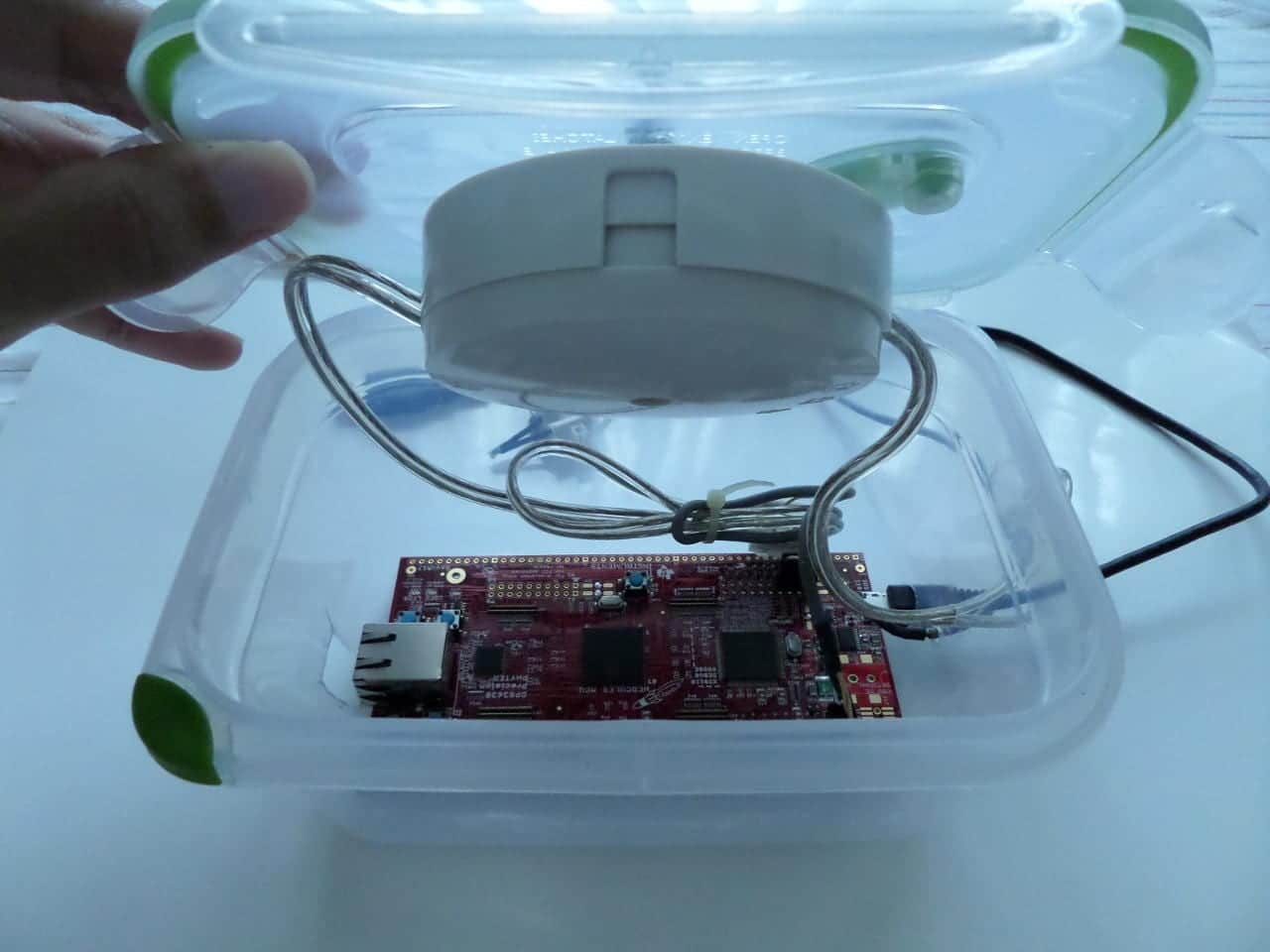
How To Build Your Own Variable Speed Fan Controller – A beginner-friendly approach to constructing a variable speed fan controller (PWM).
PWM fan controllers are superior, as they avoid relying on electrical resistance to induce a voltage drop, as resistor modules and similar technologies do. This project automatically varies fan speed based on temperature, providing users with the option to operate high performance fans (or ordinary fans) quietly and efficiently.
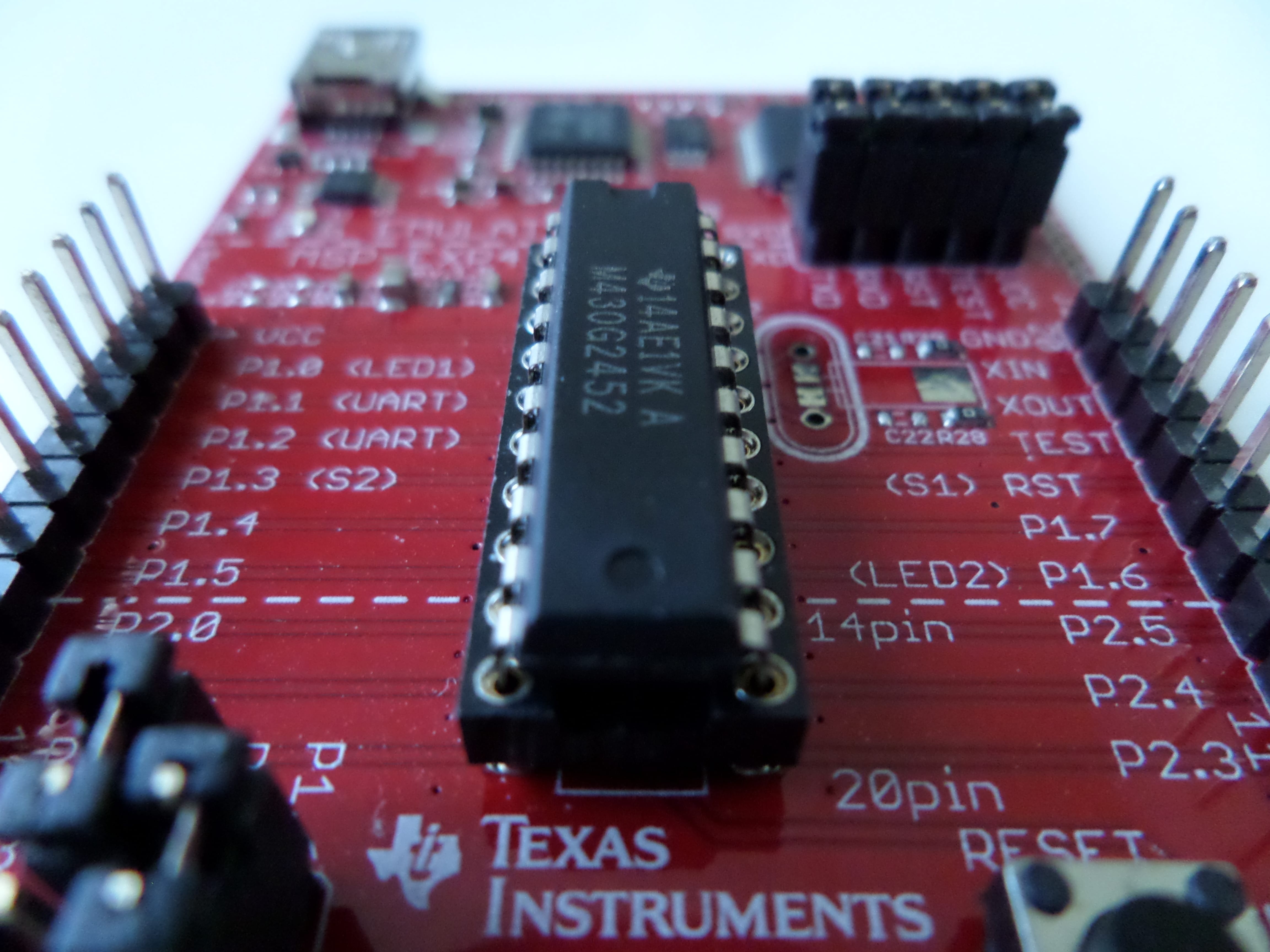
How To Build An Anti-Reset Timer – This tutorial explains the construction of an anti-reset timer device that can serve the purpose of surge protection by keeping the power off for two minutes, just in case power is restored with a surge.
It can also be used to prevent refrigerators and air conditioners that utilize capillary tubes from restarting too soon after the power supply is disrupted, preventing damage to their compressors or any other issues that may cause.

Raspberry Pi GPIO Tutorial – This guide will help you get started with GPIO, requiring very little prerequisite knowledge of electrical engineering. It provides downloadable PWM examples to help you understand PWM more thoroughly, LED blinking, as well as GPIO read and GPIO write examples.
It also covers a few of the most important do’s and don’ts when working with the Raspberry Pi and its GPIO pins to avoid damage to your equipment.
MSP430 PWM Example – This guide provides a code sample with a simple explanation of how to do PWM on the MSP430 G2553 microcontroller. This example can easily be expanded to make light bulb dimmers, fan speed controllers, compressor speed controllers, among other applications that call for the variation of electric current.





